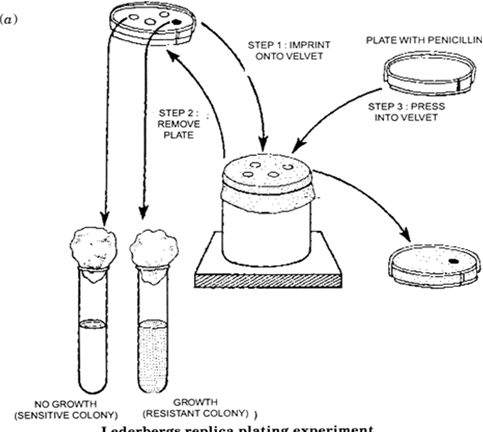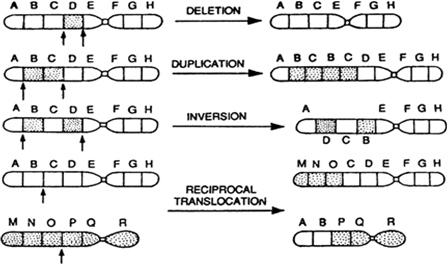 Long Answer Type
Long Answer Type(a) Describe the structure of arteries, veins and capillaries. Explain the way in which each of these is adapted for its function.
(b) Give an account of the ‘Mass Flow Hypothesis’ for translocation of solutes.
(c) Give the meaning of the following:
(i) Digestion (ii) Assimilation
(a) Give a schematic representation of non-cyclic photophosphorylation showing both the photosystem.
(b) Describe the structure of a myofibril of a striated muscle.
(c) Give four points to show the importance of vegetative propagation.
(a) Describe the mechanism of inspiration and expiration in man.
(b) Draw a labelled diagram of the vertical section of the human eye.
(c) (i) What is Ageing?
(ii) Give two functions of the amniotic fluid.
(a)
(i) Draw a labelled diagram of chloroplast as seen under an electron microscope.
(ii) Name the three major photosynthetic pigments.
(b) Describe the events that take place between pollination and fertilisation in plant.
(c) Name the hormones associated with the following :
(i) The only gaseous plant regulator.
(ii) A growth inhibitor in plants.
(iii) Resorption of water from the urine in the distil convoluted tubule.
(iv) Rise in blood calcium.
(a) Explain the DDT resistance of mosquitoes to the pesticide.
(b) What are the symptoms of Diabetes mellitus?
(c) Define :
(i) Gene pool
(ii) Genetic Erosion.
(a) Write short notes on:
(i) DNA finger printing
(ii) Cryopreservation
(iii) Hemophilia
(iv) Green manure.
(b) What are the activities of Community Health Services.
(c) Give the differences between B cells and T cells.
(a) Describe Lederberg’s Replica Plating experiment to show the genetic basis of adaptation.
(b) Give an account of chromosomal aberrations (mutations).
(c) What is a pacemaker? 
Lederberg’s Replica Plating Experiment: Joshua Lederberg and Esther Lederberg performed an experiment on bacteria to demonstrate the genetic basis of a particular adaptation. They obtained a ‘master plate’ of bacterial culture by inoculating a dilute suspension of bacteria on an agar plate. After a certain period, the master plate was found to contain several bacterial colonies. Each colony represented a clone that has originated from a single bacterial cell as a result of repeated divisions. They prepared many replicas of the master plate on new agar plates. After that, they tried to grow bacteria on replica plates with an antibiotic (e.g., penicillin). Most colonies of the master plate failed to grow on replica plates having antibiotic. Only a few colonies that could be formed were found to be resistant to penicillin. It means that certain bacteria have acquired an ability to survive and grow in a new environment. This mutant strain of bacteria has adapted. According to Darwinism, the original suspension of bacterial cells contained few mutant bacteria which had mutant genes that enabled them to survive the effect of penicillin and form colonies.
(b) Chromosomal aberrations: The alteration in the number of chromosomes or parts of chromosomes results in the changes in the traits of the organism. This is known as a chromosomal aberration or chromosomal mutation. The structural changes in the chromosomes may occur due to the effect of radiations, chemicals, drugs and even some viral infections.
In general, the changes in the structure of chromosome occur during the cell division when homologous chromosomes pair up and crossing over takes place.
If chromosome breaks and the broken parts do not reattach then the pieces may be lost. This situation results in some serious kind of chromosomal mutation. In such cases, the genes present on the missed fragment of the chromosome are not available to the off-springs. This is known as deletion.

(c) Pacemaker: It is an artificial device which is used to maintain the pace of the heart in a cardiac patient. The pacemaker generates heart beat at a normal rate. Nowadays, pacemakers are used widely throughout the world. It has proved to be a boon to the heart patients. It is implemented when the heart rate of the patient falls below 30-40 per minute. It brings the heartbeat to a normal level.
